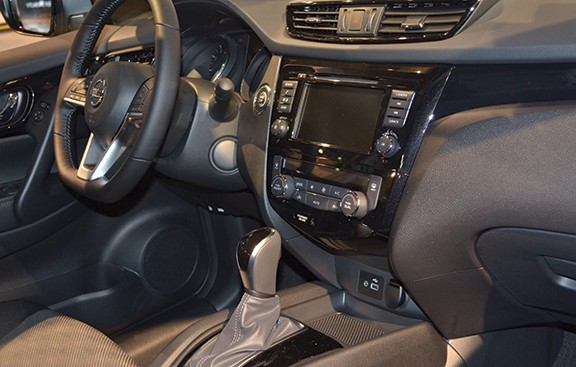Modern cabin heating
By Frank Tonon, Qualification and training director, CPA Montreal
Cabin heating through the years
The evolution of climate control in the past century has gone through several changes. From heated stones, coal burning boxes or exhaust gas heaters which had their own hazards and health concerns for the passengers. In the mid-1920s, the water heater was introduced as more and more liquid cooled engines were produced. But one thing has not changed, periodic maintenance is the only way to ensure the longevity of any machinery.
In the past few decades, the heater core has not as gone through multiple changes. We have seen incredible changes, cooling liquids and scientific terms for multiple causes of failures in this system. So, let’s look at some of the main requirements to ensure that the passenger compartment temperature can be controlled has adequately and safely as possible.
Manual controls
The cabin heating has evolved very rapidly, and many electronic devices were added to ensure comfort. The basic system was to get coolant from the engine to the heater core. The controls were quite simple which included three main functions. Set air outlet from the ventilation knob or lever, set the temperature and air speed. If too hot or too cold, simply play with the controls until you approximately get what you desired. Some models included a sophisticated vacuum circuit that would cut off the circulation to the heater core called the water valve. The water valve was often used with the air conditioning system to reduce heat to the nearby evaporator that would increase system pressure or cause the compartment cooling to be affected.


Leave a Reply